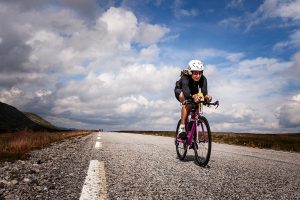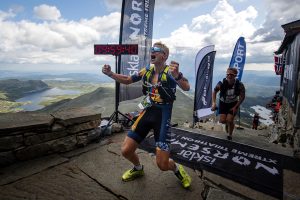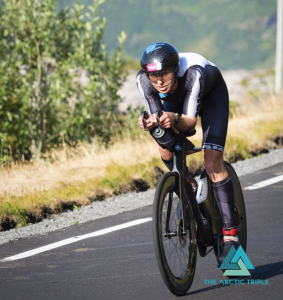Training Tips
Be in shape for your challenge!
Getting in shape is not as hard as you might think. A few tips and tricks can be what makes the journey a little better. Have a look at the tips from X- Norseman winners, and get ready for Challenge Sandefjord.
 |
 |
 |
 |
| Julie Aspesletten | Susanne Buckenlei | Hans Christian Tungesvik | Allan Hovda |
Tips from Allan Hovda
Note: If you can’t swim the crawl, learn it—even if it doesn’t bring immediate joy. Once you master the technique, it becomes incredibly enjoyable.
Good Habits – Results in triathlon and life come from small improvements over time. Consistent, moderate training over time is better than occasional “monster weeks” at training camps. There’s no reason to delay setting up a sensible and sustainable structure for training, nutrition, and recovery.
Tips from Susanne Buckenlei
Women, here’s your key to triathlon success! When it comes to long-distance endurance, you already have a natural advantage with your efficient energy metabolism. However, as we age, there’s a slight decline in maximum muscle power, especially for those over 45-50 years. My advice for female athletes aiming for excellence in endurance sports is to add regular strength workouts to your schedule. Don’t worry—this doesn’t mean gaining weight or outgrowing your jeans. Instead, it will provide an incredible boost to all three disciplines: swim, bike, and run, while also safeguarding you from injuries.
In recent years, discussions and facts about planning women’s training around the menstrual cycle have surged like a wave. And there’s a reason for that. Many women face challenges training normally during certain times of the month, disrupting their planned training. However, many don’t encounter such issues. So, whether you should consider the menstrual cycle in your training schedule is quite individual. If you do, it’s advisable to train lightly around day 1 and avoid adding any races during that time. The next 1-2 weeks are a period of high strength performance and an opportune time to build performance. It’s an excellent time for testing, racing, and high-quality training. In the subsequent 1-2 weeks, problems tend to rise, peaking 5-7 days before menstruation starts. Thus, it’s better to train lightly, focusing on easy endurance sessions with less intensity and power.
Tips from Hans-Christian Tungesvik
Practice the bike-run transition: When new to running post biking, it can be a nightmare for everyone. But through practice, many triathletes find it even easier than pure run sessions, as the legs and muscles are already warm. It takes practice, but “oh so worth it!”
Make a nutrition plan – and stick to it! Without a plan, and just consuming energy based on feel, you are very likely to start eating and drinking too late. Make a plan, test it in training, and stick to it on race day!
Keep it fun! Remember the reason why you are doing triathlon. Your life and income don’t depend on it, so lower your shoulders, let the atmosphere sink in, and enjoy the ride from start to finish!
